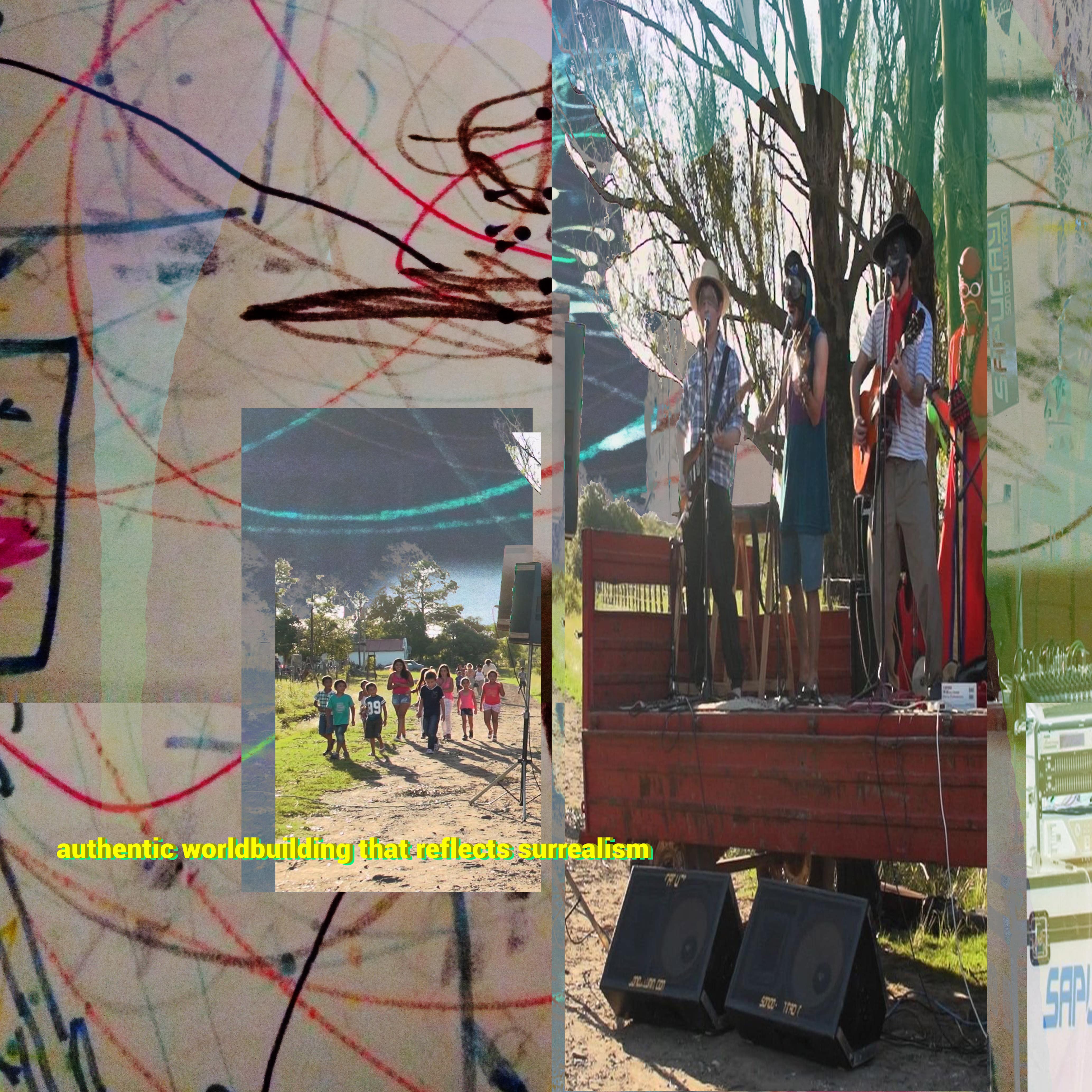
How You See Is What You Get
Every story results from the tension between form and content. But these rarely deviate from the usual. In the film Dazzle Lights, the viewer is confronted with a radical blurring. Read an essay about the possibilities of surreal and nonlinear narrative.
→ Check all articles of this special
→ Download PDF with introduction and table of contents
The dance between form and content alters the course of a message, but also its very electricity and affiliation to the underlying story. The documentary form provides a clear setting for such a dance. A narrator unravels insights onto the life and tribulations of their subject. Stylistic tools, like off-camera narration, complementary cutaway shots, or chronology of interviews, support the logic of sequential storytelling.
The objectives of a documentary are to define, explain, shine a light, create a narrative, and illuminate reality. The form of how the story is delivered accompanies a process of gradual elucidation in grasping the why, who, what, and where. Yet when the subjects of a documentary are more surreal than real, and their very ethos is to not be defined, a storytelling dilemma emerges. Why stick to the traditional form if it doesn’t appropriately reflect reality?
From Amusement to Rejection
The filmmaker Alejandro Gallo Bermúdez took on this challenge with his film Dazzle Lights, in which he attempts to capture the tale of chamamé folk agitators Los Síquicos Litoraleños. These musicians are as bewildering as they are daring, crunching through Northeastern Argentina with patched-together instruments, creating experimental waves of shamanic cumbia folk. They provoke a range of reactions in local villagers, from amusement to enthusiasm to downright rejection and confusion.
These cryptic and extravagant people call for alternative ways to illustrate their antics. As such, the documentary finds ways to adapt and innovate by blurring the separation between form and content, allowing a more authentic worldbuilding that reflects surrealism, fascination and confusion.

When Is the Song Starting?
Dazzle Lights shies away from a linear, digestible narrative, and instead settles on the bemused and divided impressions of those who orbit around the band’s sound: «they bring chamamé to rock, or something like that»; «they interpret the future»; «just four or five wackos»; «futuristic shamans»; «I didn’t understand anything»; «when is the song starting?»; «people in costumes with weird music». To describe their music in their own words, the Síquicos Litoraleños use chipadelica.
The film makes no pretense of answering questions. Instead it brings together footage in the style of a travelling circus. Bermúdez merges lo-fi and high quality images with testimonials from confused locals, galvanized journalists, and UFO sighting enthusiasts. By disrupting intuitive patterns of interpretation, he brings us closer to the dissonant, facetious truth of the film’s protagonists – and leaves us with plenty more questions.
The film «Dazzle Lights» by Alejandro Gallo Bermúdez was officially selected at the Norient Film Festival NFF 2021. See full program here.
This text is part of Norient’s essay publication «Nothing Sounds the Way It Looks», published in 2021 as part of the Norient Film Festival 2021.
Bibliographic Record: Rhensius, Philipp. 2021. «Editorial: NFF 2021 Essay Collection.» In Nothing Sounds the Way It Looks, edited by Philipp Rhensius and Lisa Blanning (NFF Essay Collection 2021). Bern: Norient. (Link).
Biography
Links
Published on January 28, 2021
Last updated on April 09, 2024
Topics
Music and art that dealing with the unfinished and undefined.
What is «Treble Culture»? How does what one hears affect what one sees?
Snap




